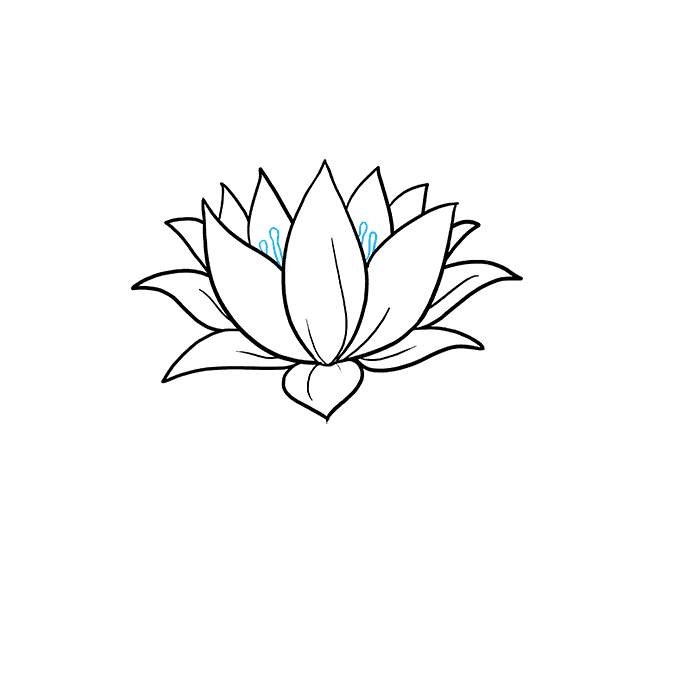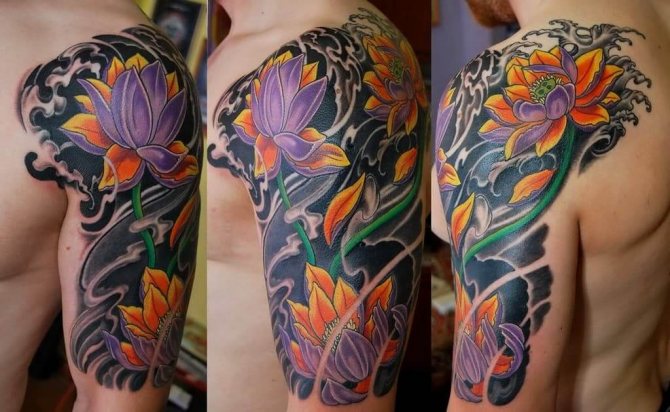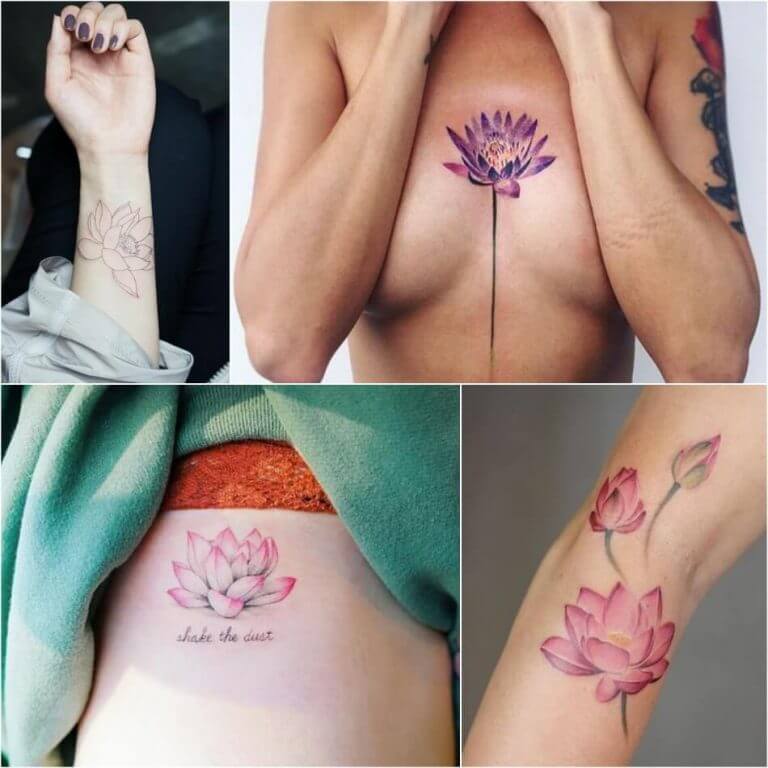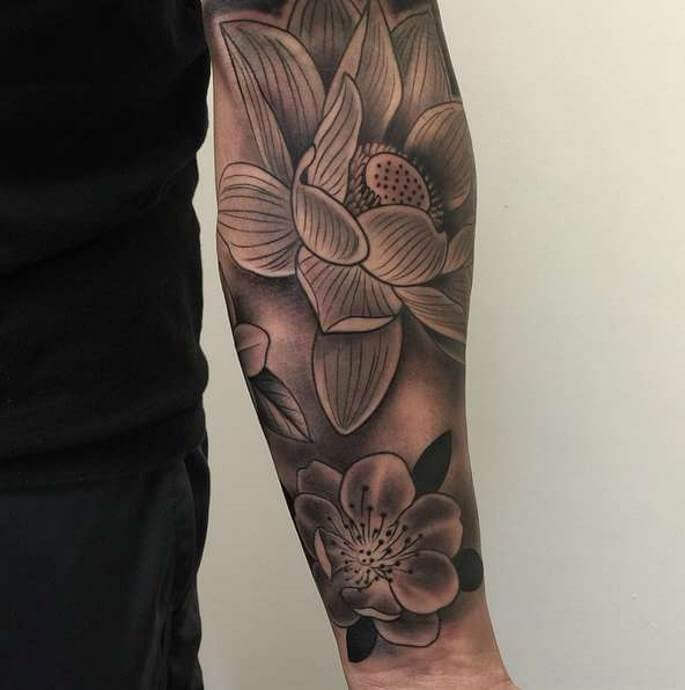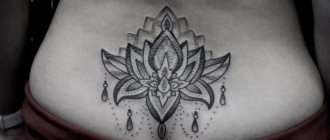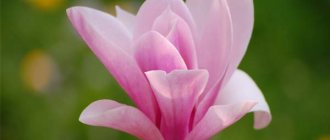The lotus in the hands of the Buddha, the "Lotus Sutra", the lotus posture in yoga, being born of the lotus - this flower in the mythology and religions of the East is perhaps the most popular and mysterious. Its image is often mentioned in ancient legends and texts, it was and still is used in religious rituals and spiritual practices.
Usually growing in muddy, almost standing water or in swamps, away from noisy cities, the lotus is pure and beautiful. Every evening it closes its flower and hides under the water, and reappears in the morning. But its flower always remains dry, radiating purity and freshness. The reason for this is the special structure of the petals and leaves: they can repel water and clean themselves. Therefore it is compared to spirit: just as spirit is not stained by matter, so the lotus is not stained by the silt from which it grows, and therefore it represents eternal life, the immortal nature of man, spiritual revelation. The lotus is also an emblem of perfection because its leaves, flowers and fruits form a circle. The petals of the lotus are reminiscent of the sun's rays. Growing in the midst of primordial chaos, it symbolizes the center of the universe.
A brief history of the lotus
Above all, the lotus plant symbolizes purity, beauty, fertility, wealth, knowledge and serenity.
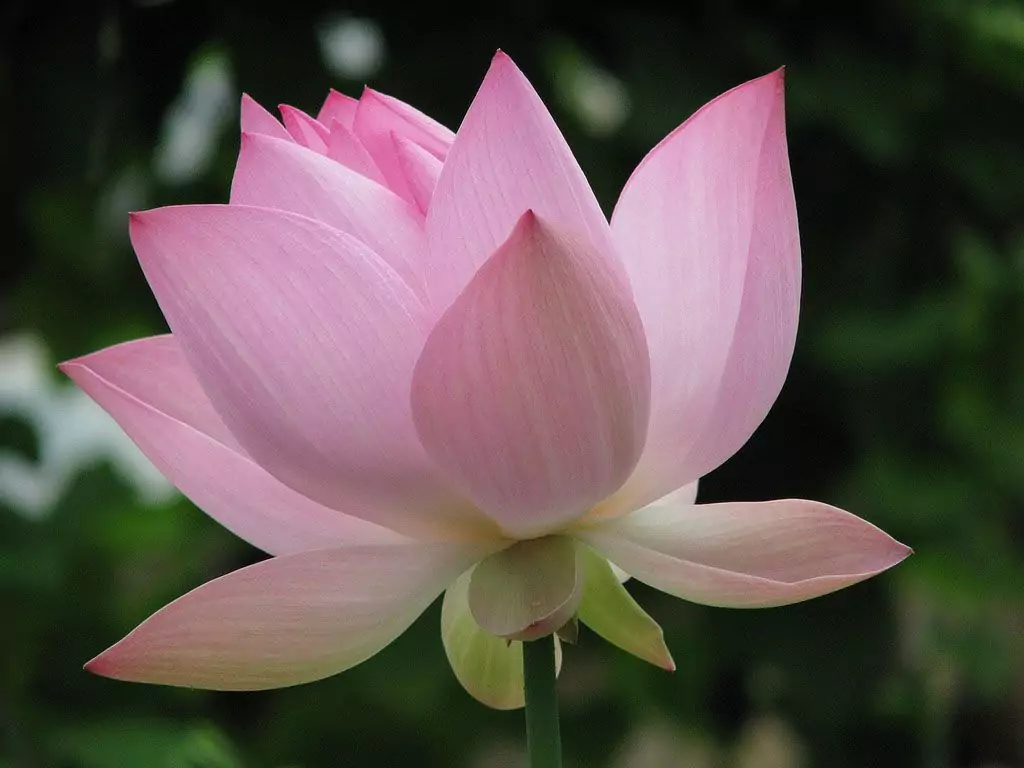
Photo: Lotus flower
- Advertisement
The flower grew between 145.5 million and 65.5 million years old. At that time, the symbol of purity and beauty was growing in both the Northern and Southern Hemispheres. Over time, the flower's habitat declined.
Ancient Egypt was the earliest of the civilizations that revered the flower and used it to signify fertility, birth, and purity. The authors referred to it as Seshen. The flower represented the sun, as it blooms at dawn and closes at sunset. The plant is also associated with death. The Egyptian Book of the Dead reports that a dead person is transformed into a lotus by magical spells and charms that symbolize resurrection and rebirth. Information suggests that the plant arrived in Egypt from India in the sixth century B.C., one of the ancient trade routes that led through the eastern and western parts of the old world. But some say the Egyptian lotus actually originated in Iran. It flourished on the banks of the Nile River, and was later cultivated by the ancient Greeks.
Sketches of flower tattoos
A tattoo sketch can be done in a variety of styles. There are drawings inspired by the graphics of India, China and other Eastern countries. The Egyptian flower symbolizes eternal life. Can be used to protect the soul. Colored lotus tattoos on the arm are very popular now. A variety of shades can convey the mood and spirit of the drawing. Choose only quality materials and a proven master so that the tattoo does not bleed on the skin. Lotus tattoos will never go out of style. Such images will remain a classic in the art of body art.
Botanical description of the lotus
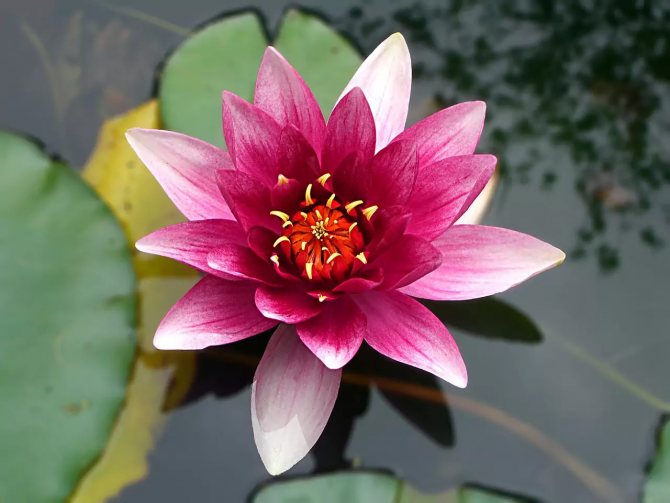

Photo: Lotus flower on water
The lotus is an aquatic perennial herbaceous plant whose rhizome grows to a height of 150 centimeters and a length of 3 meters. The stem is rounded, 60-90 centimeters long, naked, bluish, dark green, covered with a network of microscopic hairs; the petioles are long, towering above the water. Leaves grow of three types: underwater, floating, and above-water. The flower grows solitary, up to 25 centimeters in diameter; the sepals are elliptic or ovate, 1.5-5 × 1-3.5 centimeters, concave, green or pinkish-green. A picture of the lotus flower is shown in the picture below. The petals are elliptical, 4-15×2-8 centimeters, concave, color depends on the species. The stamens are numerous.
- Advertisement -
The fruit is a nut-like seed, oblong-ovoid in shape. Determining which plant species the lotus belongs to is helped by understanding its seed, since the embryo has 2 lateral seedpods growing; hence the name, dicotyledons.
Colored Lotus Flower Tattoos
Most often, colored tattoos with the opened bud in the shape of a bowl are found among the followers of Oriental culture. Meet such natal drawings can be found among the inhabitants of India and China. The advantage of colored designs is realism. For a tattoo in this style to look good and not to lose its brightness, it is necessary to choose high-quality materials. Saving on paint will cause the colors to burn out quickly. In case there are doubts about the color image, it is worth applying a white lotus tattoo.
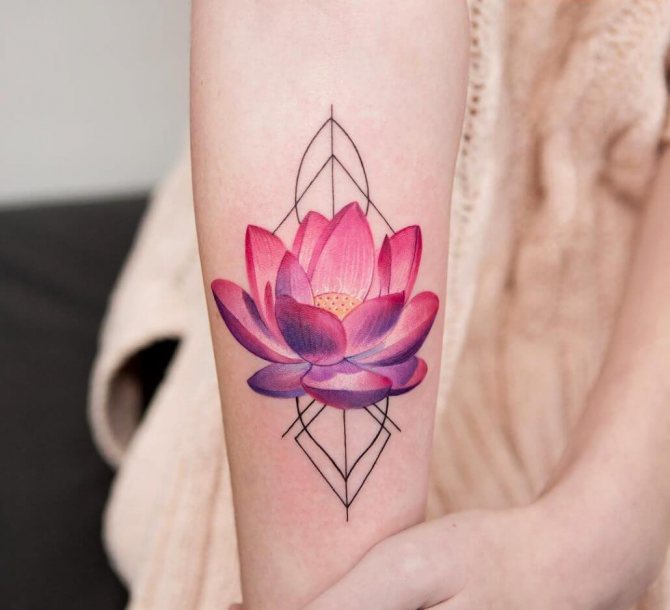

Useful and medicinal properties (chemical composition)
Scientists write reports and articles on what pharmacological substances the lotus seeds, leaves, flowers and rhizomes contain. Chemical constituents include alkaloids, flavonoids, glycosides and polyphenols, and minerals.
The seeds contain protein, amino acids, unsaturated fatty acids, minerals, starch and tannins. The alkaloids included are N-nornuciferin, O-nornuciferin, nuciferin, and rimerin.
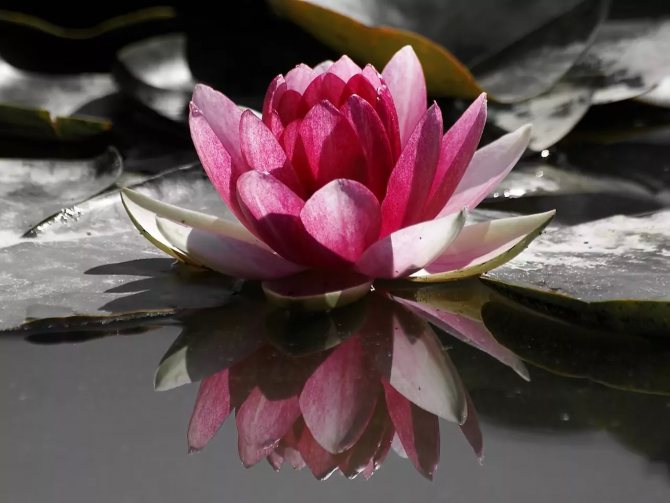

Photo: Lotus
The starch in rhizomes is comparable to corn and potato starch. Vitamin content includes thiamine 0.22 mg per 100 g, riboflavin 0.6 mg per 100 g, niacin 2.10 mg per 100 g and ascorbic acid 1.5 mg per 100 g.
The seeds are classified as astringent and beneficial for the kidneys, spleen and heart. They are used to treat weak sexual function in men and leucorrhea in women. The seeds are also helpful in treating restlessness, palpitations, and insomnia. The leaves are used in combination with other herbs to treat sunstroke, dysentery, fever and vomiting with blood.
Special uses
In cooking (lotus tea recipe)
Like other vegetables, the plant has been used as a food for thousands of years because it grows free in swamps. It has been eaten as porridge, fresh and raw, boiled and made into flour. It is a great addition to the grain products that make up a predominant part of the Chinese diet. Lotus is delicious on its own and also goes well with other foods.


Photo: man and lotus
Today, restaurants serve duck wrapped in lotus leaves, stuffed root with rice, black mushrooms and other ingredients.
Several Chinese recipes for cooking the plant
Soup - To make the soup, take: 200 grams of seeds; 3 tablespoons sugar; 3 tablespoons chopped ginger; 2 tablespoons sesame paste; 3 tablespoons lotus root flour or sweet potato flour; 5 tablespoons sticky rice flour; 2 tablespoons cornstarch mixed with a quarter cup cold water; 1/4 cup dates.
Preparation:
- Mix mashed lotus, sugar, ginger, sesame paste, and a quarter cup of boiling water and stir to dissolve the sugar; make twenty-four small balls of this mixture.
- Mix two cups of cold water with the flour and cornstarch mixture and bring slowly to a boil, stirring constantly; add the balls and heat, serve hot. A picture of the soup is shown below.
Lotus Flower Tea. - Place two teaspoons of dried flowers in 500 ml of water. The tea is brewed for 2 minutes at 70 °C. If the tea is brewed too hot, it will become bitter. It is preferable to drink petal tea hot, but this depends on the person's preference.
For therapeutic purposes.
Medics and pharmacists consider this type to be medicinal, so let's take a closer look at the pharmacological actions.
- Diarrhea - One of the most common uses of the plant in traditional Chinese medicine was anti-diarrheal.
- Reducing blood sugar levels - lotus root contains both fiber and complex carbohydrates. These two components help control cholesterol and blood sugar levels.
- Anti-inflammatory - recent studies show that the seeds of both red and white varieties take away inflammation.
- Blood Pressure - The stem contains minerals and nutrients, such as vitamin C, that are important to the body's daily function. For example, potassium serves to regulate blood pressure.
- Acne - add the flowers to green tea and apply it to your face, it will reduce the amount of sebum that human sebaceous glands produce.
- Cycle Restoration - Leaves and root extracts have long been used in traditional Chinese medicine to help regulate the menstrual cycle and stop excessive bleeding.
Cultural and Religious Meaning of the Lotus (Buddhism)
The significance of the lotus flower in Buddhism is paramount. The plant is said to bloom in Beijing on April 8, the birthday of the Buddha and January 8, the Day of the Sacred Lotus.
According to legend, wherever the little Buddha stepped, the sensuous lotus bloomed. One of Lord Buddha's favorite sitting positions is cross-legged. In various cultures and traditions of Buddhism, such as Mahayana and Theravada Buddhism, the Buddha is shown with his ankles crossed and his hands and fingers in different positions. The sitting position with crossed legs is known as the lotus pose.
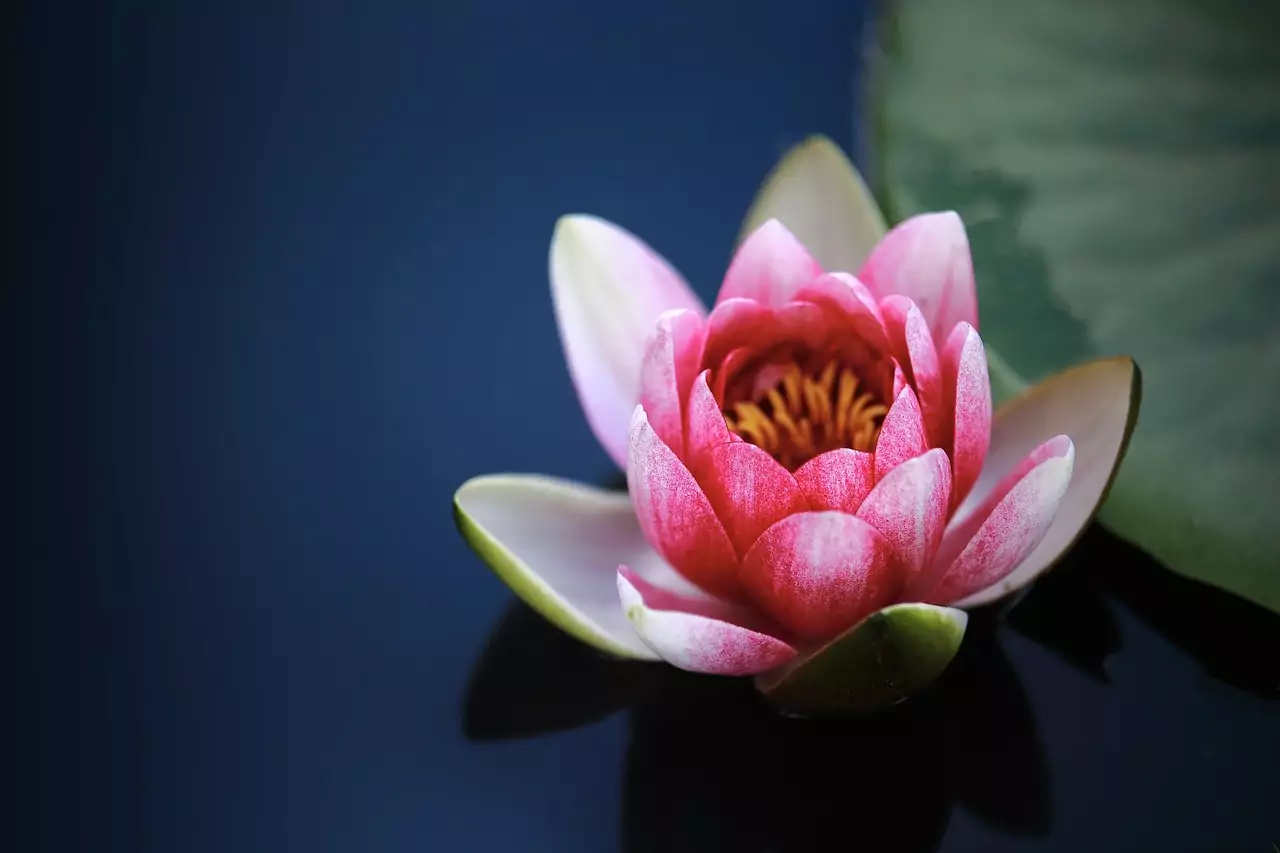

Photo: Lotus plant
Yogis believe that the pose not only opens the hips and improves posture, but also stimulates the pelvis, abdomen and bladder. The pose redirects some of the normal blood flow from the legs to the abdomen, which helps stretch the joints in the hips and sacrum and improves digestion. The pose calms the brain and, therefore, is widely used for meditation. In this position, breathing slows down and pressure is placed on the lower spine to promote relaxation.
Because the flower grows in muddy water, it symbolizes the purity of the untainted enlightened mind that emerges amidst the suffering of samsara. Like all flowers, beauty is fleeting, so even the lotus flower must die. This shows the endless cycle of life, death, and rebirth. Unless, of course, you reach nirvana, where the cycle ends.
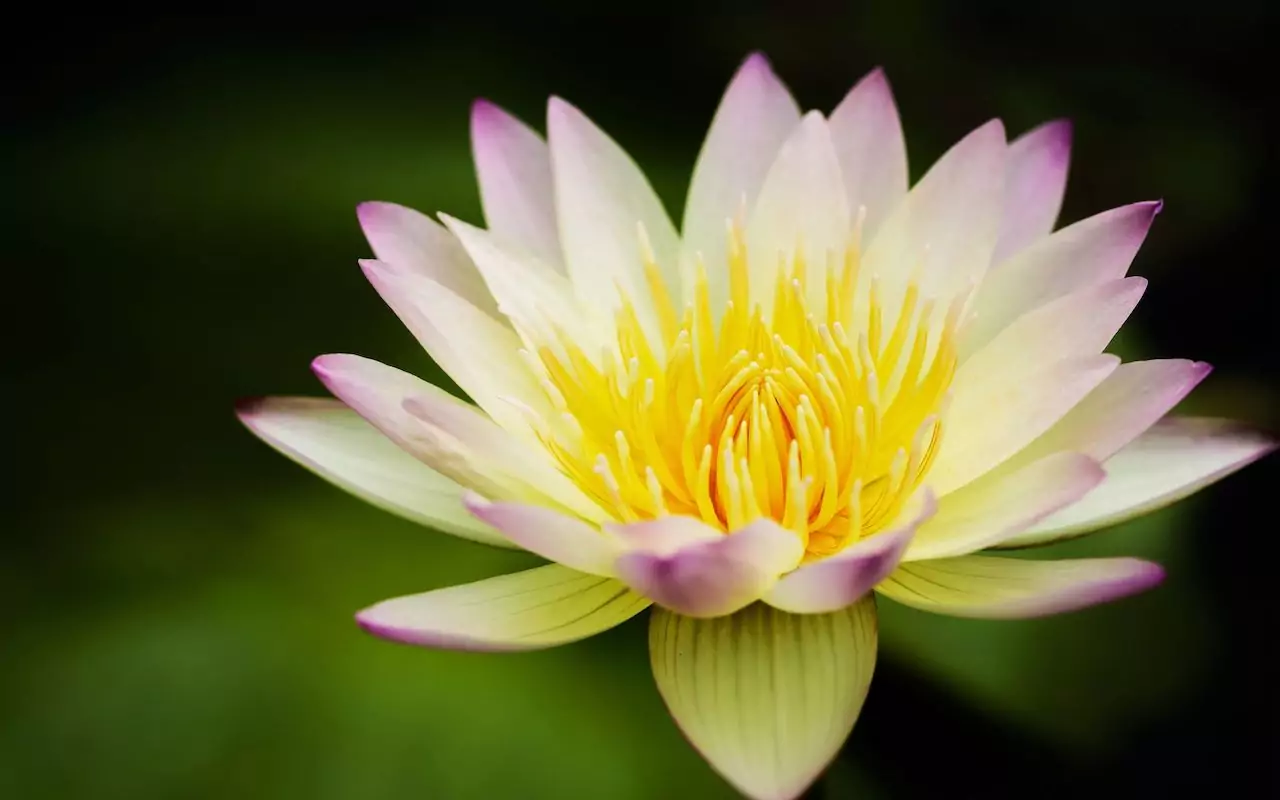

Photo: Beautiful lotus.
Multicolored lotuses have different meanings. White shows mental purity and spiritual perfection. Red represents sensuality, love and compassion. Blue represents wisdom and reason, and is shown partially revealed. Gold shows the attainment of full enlightenment.
In some Buddhist schools, the stage of growth of the flower indicates stages on the path to enlightenment. A closed bud symbolizes time before enlightenment, while a blossoming bud represents full enlightenment. Sometimes the bud is partially open and the center is hidden, indicating that enlightenment is beyond ordinary vision.
Egypt: The meaning of the blooming lotus and legends
For the Egyptians, this flower is a symbol of sleep and voluptuous oblivion. Here grows the Nile white lotus, which opens not under the scorching rays of the sun, but in the moonlight. In Egypt - it symbolizes the dying and resurrecting god Osiris, as well as Isis, the goddess of fertility. The Egyptians attached great importance to the blooming lotus during the harvest season. It was believed that the abundance of divine "lilies" during the Nile flood boded well for the year.


Lotus in the interior - both beautiful and harmonizes the space
The blooming sacred symbol is identified with the sun god Ra, establishes a connection with the sun. The meaning of flower magic is associated with light and it does not matter whether it is the sunrise or the moon. For the Egyptians, the blooming lotus was also a symbol of eloquence, so girls decorated their hair and clothing with it, and wreathed and braided bracelets with it. The Egyptians put the flower in the tombs, in the belief that the dead will wake up in the other world.
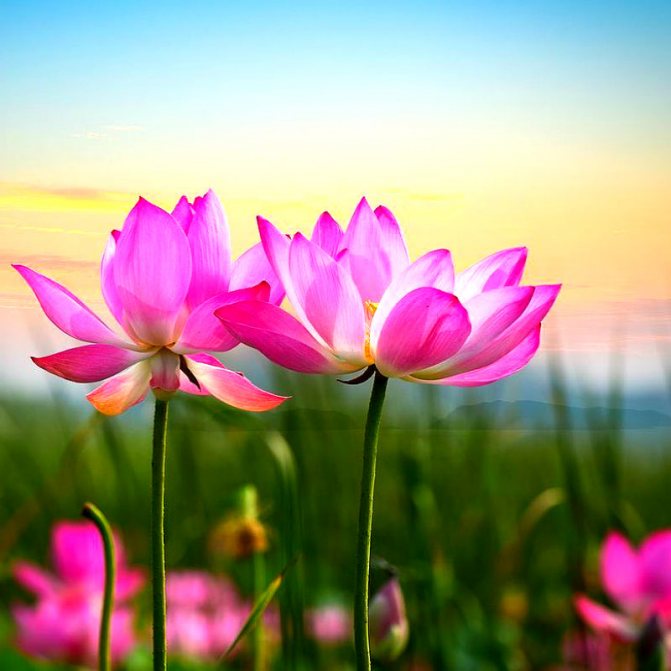

Lotus is also a medicinal plant
The symbol of the red lily flower is the embodiment of infinite divine wisdom for many peoples and religions. No wonder the lotus tattoos are so popular these days, as well as accessories, linens, and clothing (such as pants, knit sweaters, and a T-shirt with a lotus image) that also carry sacred meaning. Photos of cool clothes can be found in the Indiastyle showcases!
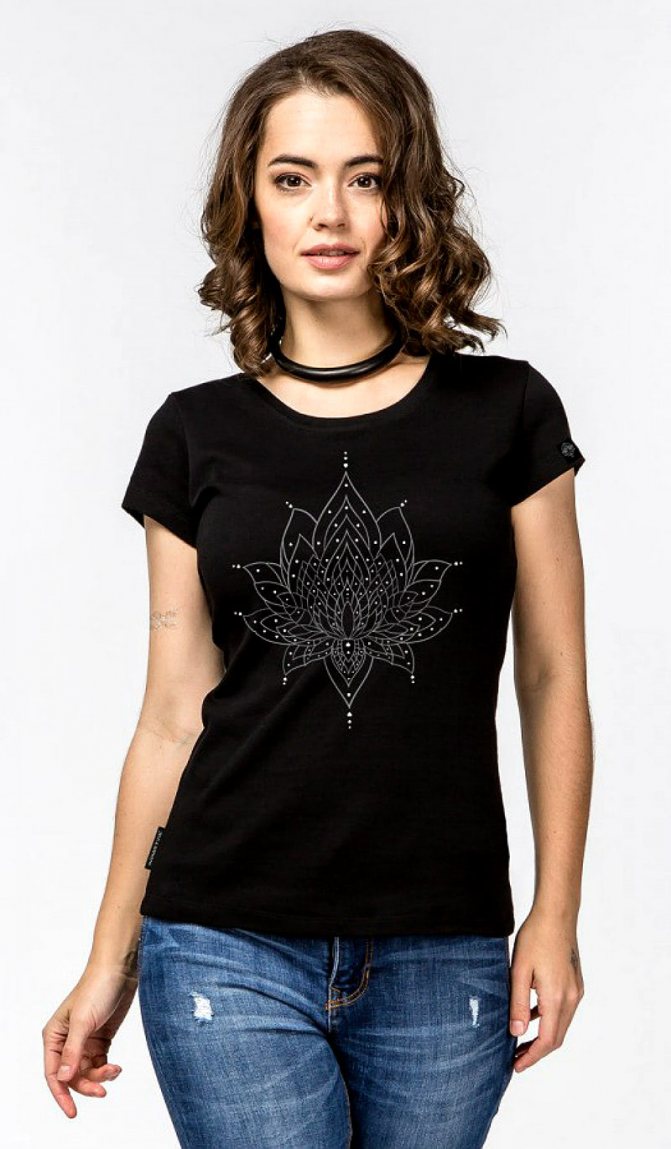

Want a T-shirt with a fashionable sacred symbol? Search the catalog
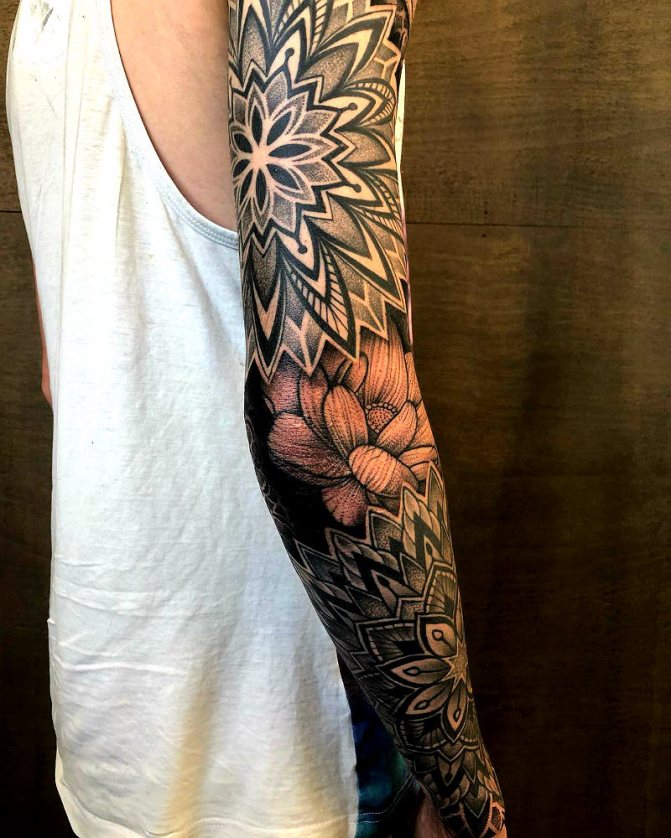

Lotus tattoos look very cool on the body
Lotus varieties
Lotus yellow (American)
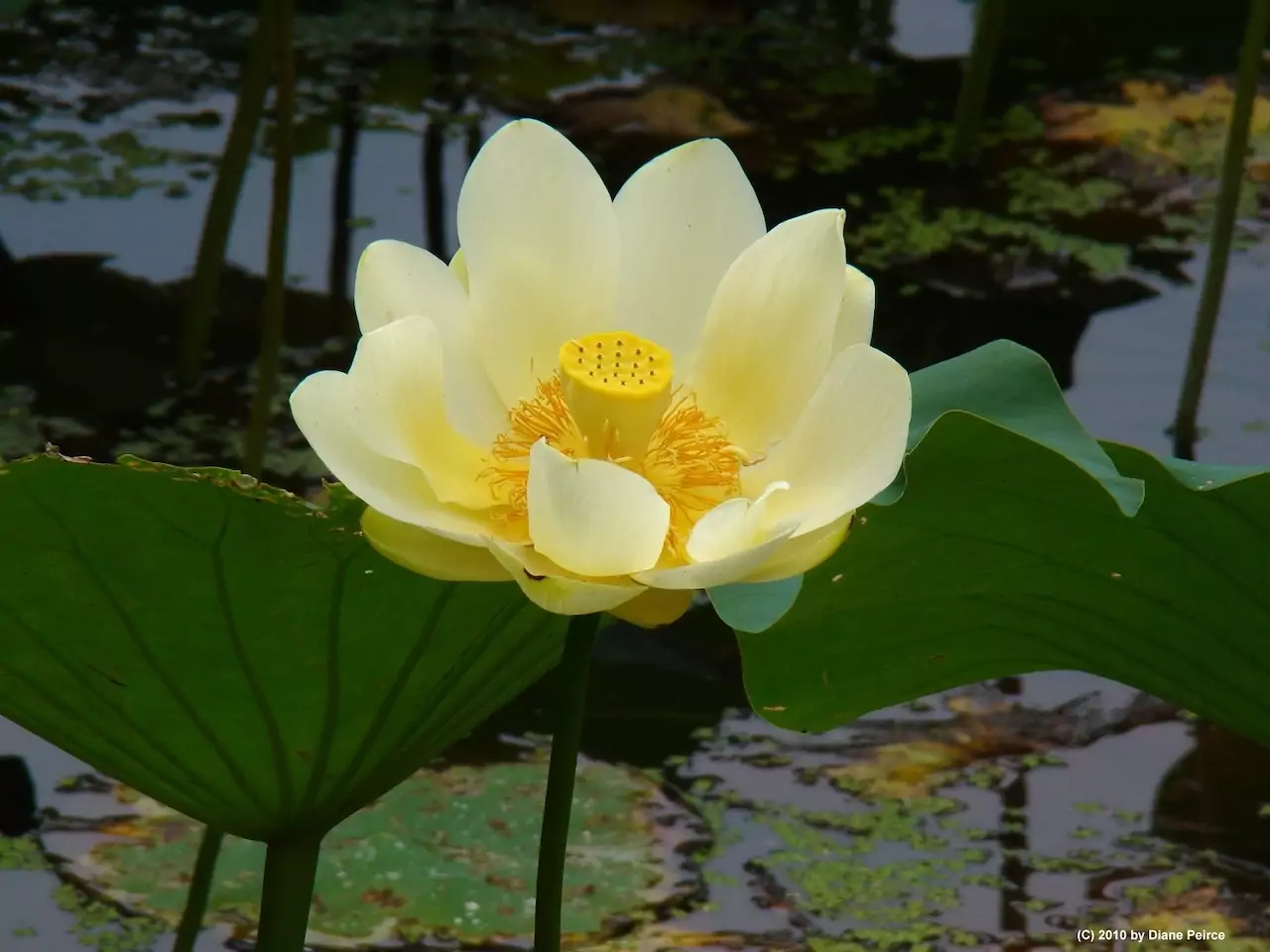

Photo: Yellow Lotus
The American lotus, Nelumbo lutea, is an aquatic plant that can cover large areas. The beautiful flowers are held up above the water on long stems, with 20 sepals and petals of light yellow, 20 centimeters across. Blooms from June to September. Leaves blue-green, held above water level on long stems, young leaves float; round, extremely variable in size, up to 60 centimeters wide. The seeds resemble an acorn.
Nut-bearing lotus (Caspian or Indian lotus)
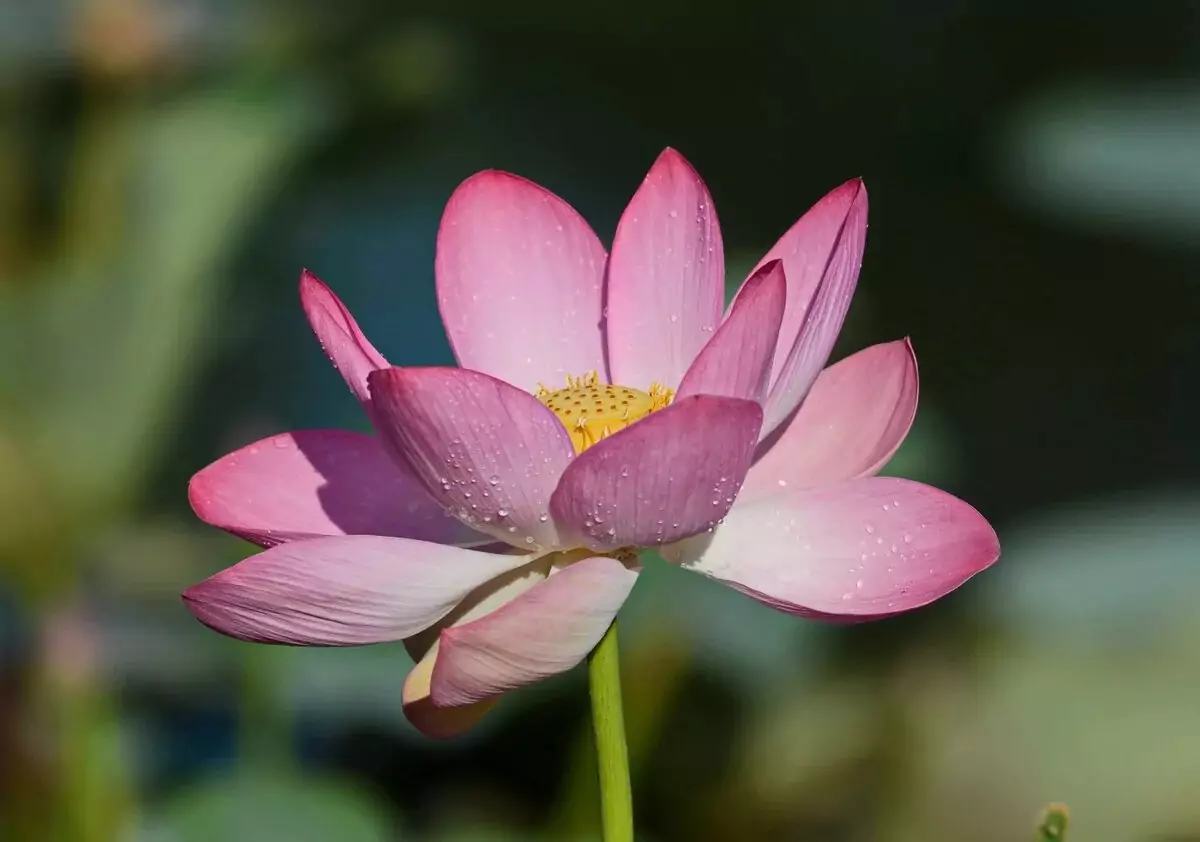

Photo: Nut-bearing lotus
Nut-bearing lotus. - Nelumbo nucifera is an aquatic plant with rounded, umbrella-like, waxy calyx-like, waxy green leaves up to 60 centimeters across that appear above water on long petioles and attach in the middle of the lower leaf (pellate). In summer, large cup-shaped, fragrant, pink or white flowers, 20-30 centimeters in diameter, appear on stiff stems above the foliage. Each flower blooms for three days, opening in the morning and closing at night each day; the fruit is nut-like.
The species grows in tropical regions of Asia east of Iran, especially in India and Southeast Asia, but also in Australia.
Lotus pentapetalis


Photo: Lotus pentapetalus
Lotus pentapetala - Nelumbo pentapetala - The roots of the lotus are planted in the soil of a pond or river bottom, and the leaves float on or above the surface of the water. The delicate red flowers grow on thick stems rising above the leaves. The leaves reach a size of 80 centimeters in diameter, while the flowers are up to 30 centimeters in diameter.
Symbol of the blooming lotus in India
In India, the blooming lotus "climbs" even on the mountain, to a height of one and a half kilometers. The symbol of India is a red flower. It is associated with the heart, love, passion and compassion, purity of thought and life. According to Indian mythology, everything real lives in the rays of the "Fiery Sun", and it is the blooming lotus that acts as the throne for Shakyamuni Buddha.


You can place the image of a blossoming lotus on any part of the body.
The symbolism of the flower in Indian mythology varies:
- 5 petals - a symbol of the five stages of life - birth, teaching, marriage, rest, death
- 7 petals of the lotus symbolize the seven planets
- 8 petals are Heart of Being, eternal oblivion.
- 9 petals symbolize a human being
- The 10 petals of the flower are identified with God and the Absolute
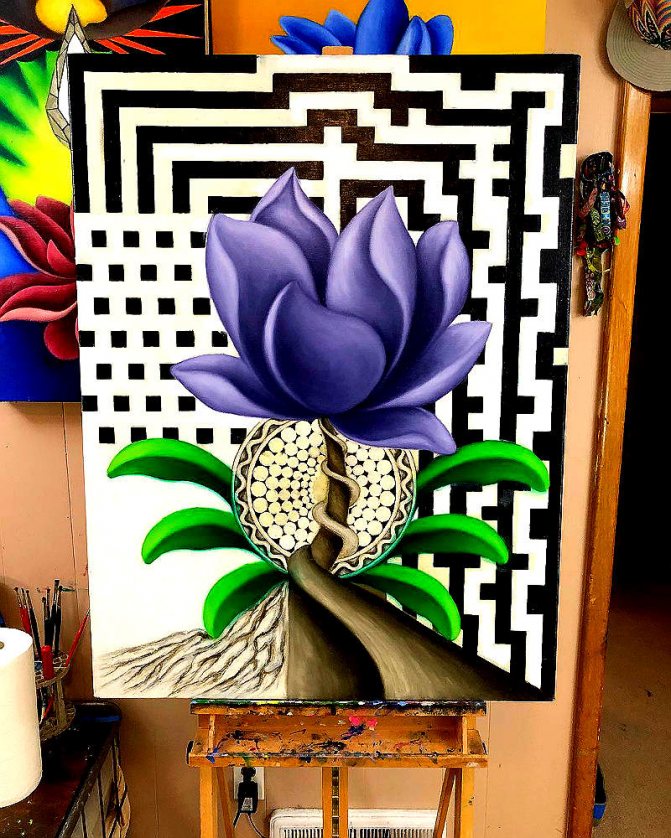

Lotus helps the human soul to get out of the darkness of ignorance.
Rules for growing and caring for the plant at home
The flowering plant will beautify a body of water or a pond. But first familiarize yourself with the growing conditions.
Growing
- Place the seeds in a glass with warm water, beforehand put a rumen on one end.
- Discard seeds that float on the surface of the water because they may not be fertile.
- Change the water every day until they germinate.
- Plant the seeds in 10-inch pots that are filled with good garden soil, making a hole in it and planting one seed in each pot. Gently cover the root with soil or gravel.
- Place the pot in a bright place.
- Note that the flowers are unlikely to bloom for the first year after planting.
Care
- Large amounts of fertilizer cause leaf scorch.
- Feed the established plant every 3 or 4 weeks during the growing season.
- It is important to protect the lotus roots from freezing.
- Lotus can overwinter in a pond if the depth of the pond is below the frost line for your area.
- In late fall, cut off the yellowed foliage and lower the plant into the deepest part of the pond.










